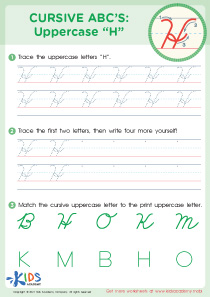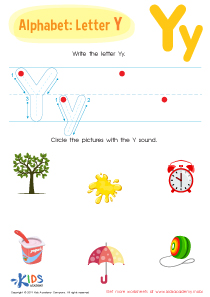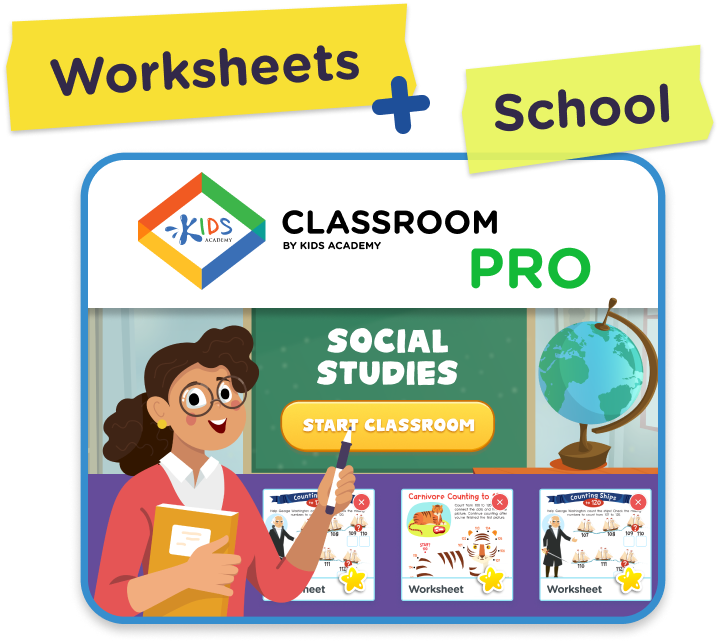Visual discrimination Upper & Lowercase Letters Worksheets for 6-Year-Olds
4 filtered results
-
From - To
Enhance your child's literacy with our "Visual Discrimination Upper & Lowercase Letters Worksheets for 6-Year-Olds." These engaging, expertly crafted worksheets from Kids Academy are designed to help young learners identify and distinguish between upper and lowercase letters. Perfect for early graders, the activities strengthen essential visual discrimination skills crucial for reading and writing development. With fun exercises that captivate attention, children build a solid foundation for academic success while having fun. Discover our rich assortment of printable worksheets and set your child on the path to becoming a confident reader and writer.


Find Lowercase Letters g h i Worksheet


Find Uppercase Letters G, H, and I Worksheet


Find Lowercase Letters y z Worksheet


Find Uppercase Letters V, W, X Worksheet
Visual discrimination of uppercase and lowercase letters is fundamental for 6-year-old children as they begin their reading and writing journey. This skill is crucial because it directly influences their ability to recognize and reproduce written language, which is the cornerstone of literacy.
Firstly, recognizing the difference between uppercase and lowercase letters helps children decode words more efficiently while reading. For instance, distinguishing between 'P' and 'p' or 'B' and 'b' avoids confusion that can hinder comprehension and fluency. As they encounter sentences starting with uppercase letters and names that often also use capitals, being adept at this discrimination ensures smoother and more confident reading experiences.
In writing, knowing when to use uppercase and lowercase letters is essential for correct spelling and grammar. Proper use of capitalization in sentences and names aids in the development of writing conventions that are critical for clear communication. Encouraging this skill early on makes for stronger foundational literacy skills, paving the way for advanced learning and academic success.
Moreover, visual discrimination is linked to cognitive development areas, such as attention to detail and memory. Mastering this skill also correlates with improved performance in other subject areas, including mathematics and science.
In sum, teachers and parents focusing on visual discrimination of uppercase and lowercase letters sets children up for successful literacy and overall learning, fostering greater confidence and academic capability.
 Assign to My Students
Assign to My Students























